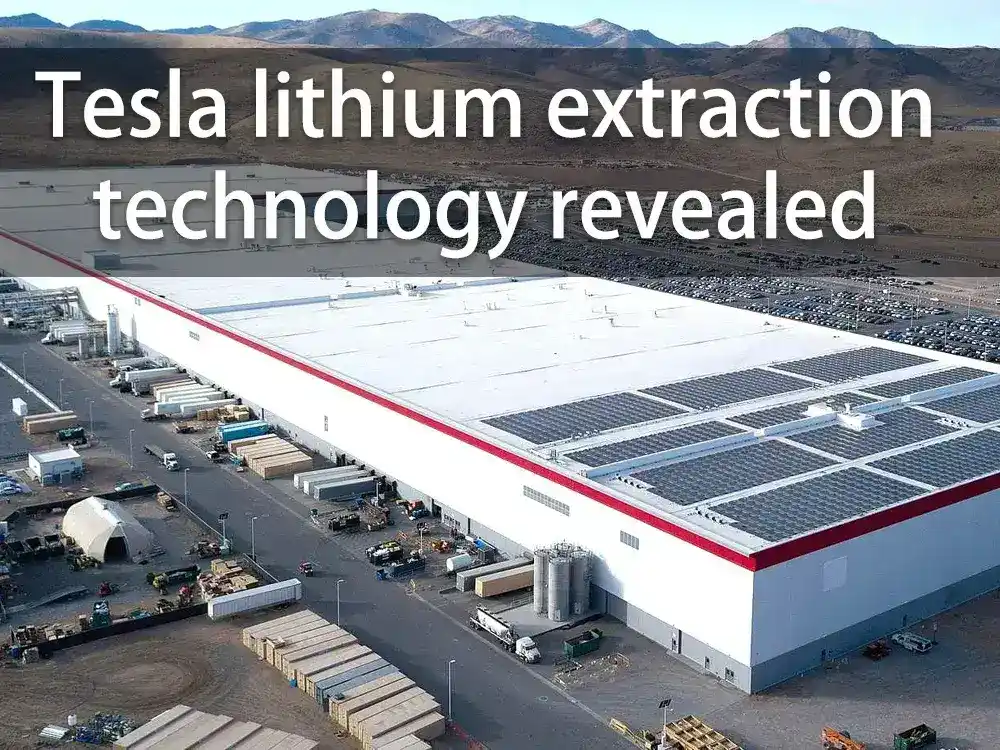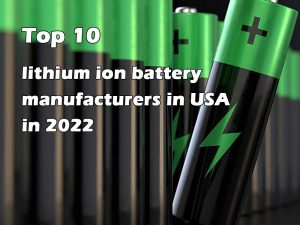Home » battery news » Tesla lithium extraction technology revealed
Tesla lithium extraction technology revealed

However, the price of battery-grade lithium carbonate/lithium hydroxide remains high.In order to better control the cost of electric vehicles, the upstream lithium industry cannot be ignored. This article will introduce Tesla’s lithium extraction and take you to reveal the secrets of Tesla’s lithium extraction industry.
Where does Tesla extract lithium from?
Tesla’s patented technology is to refine lithium from clay ores. Several common clay ores include kaolinite, montmorillonite, and illite.
Tesla mainly uses montmorillonite as a raw material to extract lithium. Because montmorillonite lithium ore is relatively abundant.
At the same time, montmorillonite mining is convenient, the ratio of the amount of stripped rock to the mined ore is low, and no blasting is required. Therefore, compared with spodumene, it has a cost advantage in front-end mining.
The atomic structure of montmorillonite is composed of a framework layer and an intermediate layer. The framework layer contains lithium, potassium, aluminum, calcium, etc., and the intermediate layer contains lithium, sodium, potassium, and magnesium.
If lithium is extracted from the framework layer, the energy consumption is relatively high, because the lithium in the framework layer is bonded by chemical bonds.
If it is extracted from the intermediate layer, the energy consumption is relatively low, because the lithium in the intermediate layer relies on intermolecular forces fixed, weaker gravity.
Traditional lithium refiners have proposed the use of acid leaching to release lithium from the frame layer.
Tesla, on the other hand, chose to extract lithium from the middle layer, using cation exchange to separate lithium from the middle layer.
What does Tesla use to extract lithium?
As for what to use to extract lithium, from the patent point of view, Tesla uses sodium ions/magnesium ions as cation sources.
In the case of sodium chloride, which is mixed with water and clay, the lithium in the middle layer is more attractive to the water than the sodium in the sodium chloride.
This means that under the right conditions, some of the sodium in the sodium chloride may exchange places with the lithium, releasing the lithium into solution.
At the same time, since only lithium is “selected”, the clay mineral crystal structure that limits impurities will not be destroyed, thereby reducing production costs. Furthermore, clay is easier to return to its natural environment if water and salt are used instead of acid.
However, there are two problems to be extracted from the middle layer: one is the low lithium content of the middle layer mentioned above; the other is that the cation exchange process will be relatively slow and requires a catalyst, such as acid.

For the second question, Tesla gave the answer in the patent – ball mill.
The high-energy grinding machines used by Tesla are widely known as ball mills. Using a ball mill to process clay ore is a mechanochemical method.
Unlike the sulfuric acid process, which uses chemical energy to break down the clay crystal structure, high energy mills use mechanical energy to keep the clay crystal structure relatively intact.
The clay particles become smaller and deformed, but are still clay in nature. High-energy ball milling-driven structural changes allow brine solutions to act on lithium in clay crystals and selectively extract lithium through cation exchange.
This is the crux of the Tesla Lithium clay extraction process, where high-energy mechanical action reduces the clay particle size, deforms the clay crystal structure, and drives chemical changes.
Why is lithium so important to Tesla?
So why did Tesla go to such great lengths to get into lithium refining by itself?
After all, lithium refining is quite mature now, and Tesla has even extended its hand to more upstream lithium mining, such as the acquisition of Sigma Lithium, a listed lithium mining company in Canada.
The direct reason is that the prices of battery-grade lithium carbonate and lithium hydroxide fluctuate greatly. Through the fluctuations in the price of lithium carbonate on the surface, there are three deep logics behind Tesla’s entry into the lithium refining industry.
One is that Tesla wants to ensure the quality and safety of batteries as much as possible. Whether it is 18650 battery or 4680 battery, Tesla’s requirements for battery have been advancing with the times.
The second is to save costs and increase profits. Musk has been saying that if Tesla wants to achieve its annual sales target of 20 million vehicles, the corresponding demand for batteries will be huge. Therefore, for Tesla, it is more cost-effective to build its own lithium refinery.
The third is to ensure the available lithium supply, so that Tesla has more control over the supply chain, and can flexibly accept raw materials, including industrial waste and batteries, forming a virtuous circle.
This will increase Tesla’s vertical integration capabilities, reduce external dependence, and firmly control the production chain and costs in its own hands.
Tesla will reshape the battery material industry structure
With the rapid popularization of electric vehicles, lithium batteries are regarded as “the oil of the new era”, and lithium has become a key material in this energy revolution.
At present, although lithium ore refining technology is relatively mature, there is still a lot of room for improvement in terms of environmental protection and efficiency.
Judging from Tesla’s published patents, Tesla replaces traditional strong acid extraction with mechanochemical technology, which can extract lithium more efficiently and at low cost.
Just as Tesla uses one-piece die-casting to improve the manufacturing efficiency of the vehicle, due to the huge demand for production capacity, Tesla also needs to customize a ball mill that is different from that used in traditional industries.
If Tesla’s lithium refining technology route can run smoothly, it will bring more efficient and lower cost battery-grade lithium hydroxide or lithium carbonate.
This will inevitably reshape the upstream industrial structure of lithium refining, and different lithium battery manufacturers will also be affected by it. As for the extent of its impact, it should gradually appear after the completion of Tesla’s lithium refinery in 2025.


























